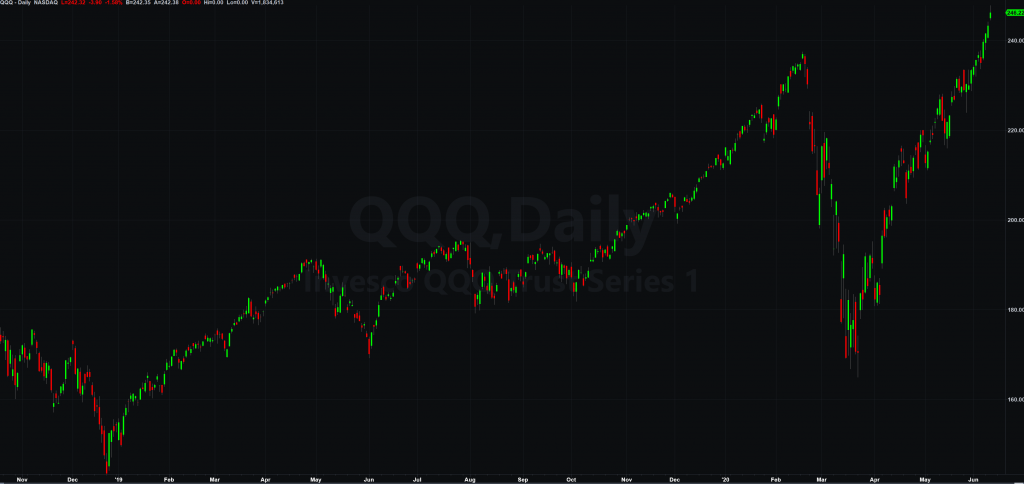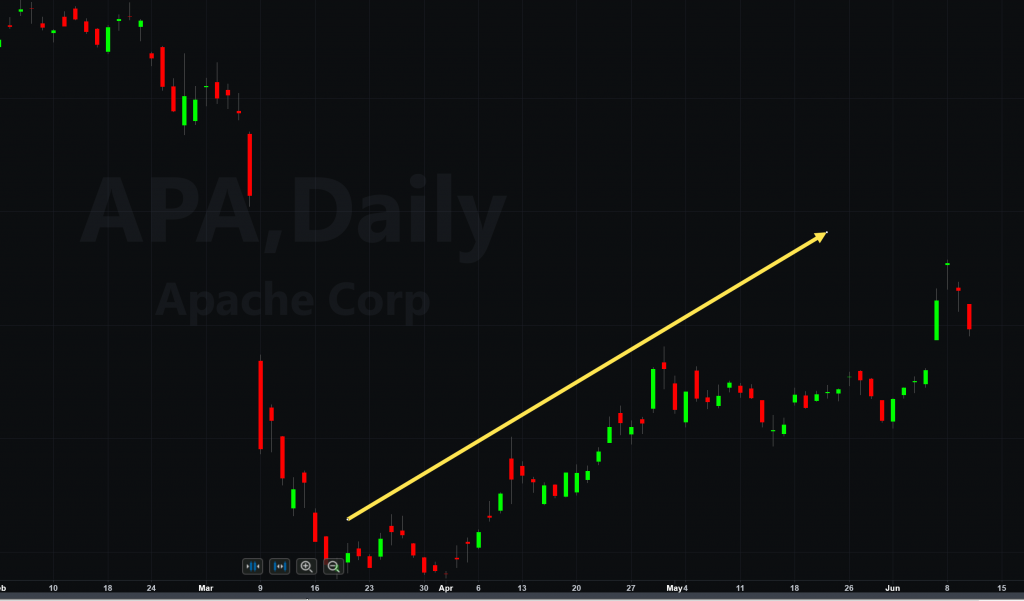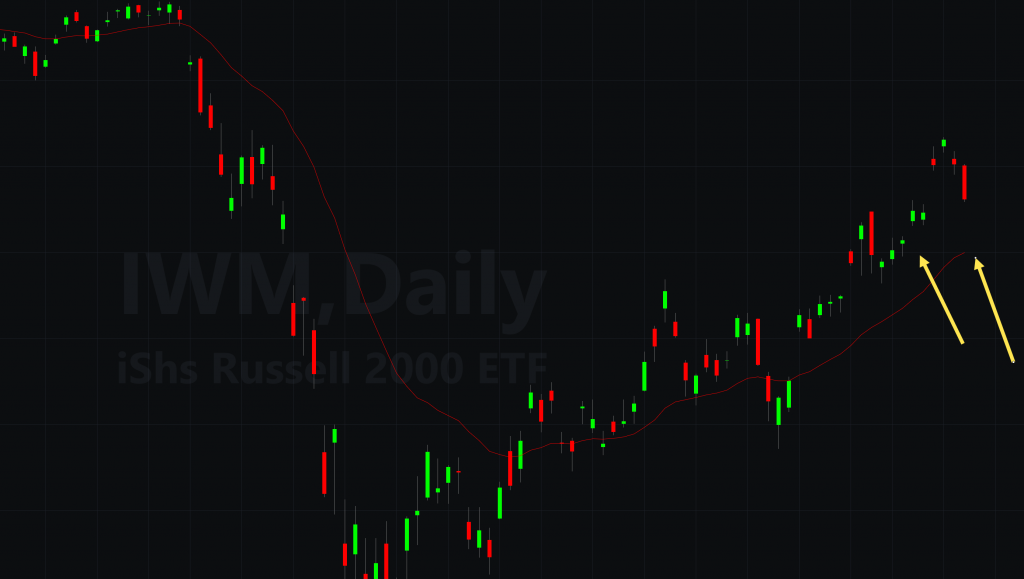Since the global financial crisis in 2008, the theme in the overall market has been drastic outperformance in large-cap technology stocks such as the “FANG” names- Facebook (FB), Amazon (AMZN), Netflix (NFLX), Google (GOOGL). The aforementioned names are members of the Nasdaq-100 Index, which can be tracked by the ETF (QQQ). Last Friday, the QQQ hit all-time highs, as the index regained the decline from the “Corona Virus Correction” which began in February. On the other side of the spectrum, the small-cap ETF, which tracks the Russell 2000 ETF (IWM) last saw all-time highs in August of 2018.

QQQ has recovered all losses from earlier in the year.
Both IWM and QQQ have had robust rallies of 35% off the lows made in late March, however, IWM has just now been able to claw its way back above the 200-day moving average. Wednesday marked a significant divergence between the two indexes once again. QQQ rose by 1.2%, while IWM dove 2.72%. The technology sector was spurred on by positive news that emerged from mega-cap Apple (AAPL). Investors were encouraged by a July start date for the production of the iPhone 12. On the other hand, IWM, made up largely by financials, got hit following the Federal Reserve meeting late Wednesday afternoon. Fed chairman Jay Powell continued to take on a very “Dovish” tone (focused on keeping interest rates low and expanding monetary policy) even saying, “We’re not even thinking about raising rates.”
Mega-Cap Tech Thrives, while Energy Bounces
Looking at the world’s five largest companies shows just how dominant mega-cap tech has been. Apple (AAPL), Microsoft (MSFT), Amazon (AMZN), and Google (GOOGL) are all trillion-dollar companies at the time of this writing, while Facebook (FB) has $300 Billion to go. Each of these mega-cap tech companies were strong going into the Corona Virus pandemic, and some like AMZN have even benefitted in some ways.
On the other hand, sectors such as energy have been victims of the Corona Virus. The standstill in all things travel was able to take an already weak sector and make it even weaker. The continuous contract of Crude Oil (@CL) dropped as low as $6.50 in April while the front-month contract of Crude Oil went negative! Since the April swoon, Crude Oil has rallied strongly and has now almost filled an open gap around $40. (The gap occurred when the OPEC deal fell through and prices plunged 10%)
The drop in energy names and the subsequent rebound has provided ample opportunity for value investors and bargain hunters. In fact, the largest percentage gains in the S&P 500 on a quarterly basis belong to Apache (APA), an oil name that has more than quadrupled off its lows.

APA quadruples off depressed prices.
Financials and Airlines Pullback
Though the major indexes bottomed in late March, two sectors that made late appearances to the party are Financials and Airlines. The two sectors finally caught fire last week. Bank stocks such as Bank of America (BAC) and J.P Morgan (JPM) each saw gains of more than 14%. The story of the week however was American Airlines (AAL). AAL registered gains of 77% on the week as Corona Virus fears subsided and more and more states across the country opened or had plans to.
All the stocks mentioned above were able to claw back to the 200-day moving average before pulling back this week. Now, the real test comes. Were the moves simply relief rallies from deeply oversold conditions or are they here to stay?
Will Rotation Continue?
While IWM and QQQ have rallied strongly in tandem this year there have been many instances where the two indexes have shown strong divergence like Wednesday’s action. The “Dovish” Federal Reserve has spurred on already strong tech stocks further with low-interest rates and easy monetary policy while names in the Russell 2000 seem to have taken the news the other way. One positive that can be seen in the IWM is the fact that it filled an open gap from last week and is now trying to fill yet another open gap from last Wednesday.

IWM set to fill open gap and open near rising 21 day MA
Technicians often use open gaps to look for support. Bulls will want to see the confluence of the open gap and the rising 21-day moving average hold around $140.


























